This post contains affiliate links and may earn commissions on recommended products. As an Amazon Associate, I earn from qualifying purchases.
Deliciously herby rosemary parmesan bread is a tasty pairing for any soup or supper. Great for gourmet grilled cheese sandwiches, too!
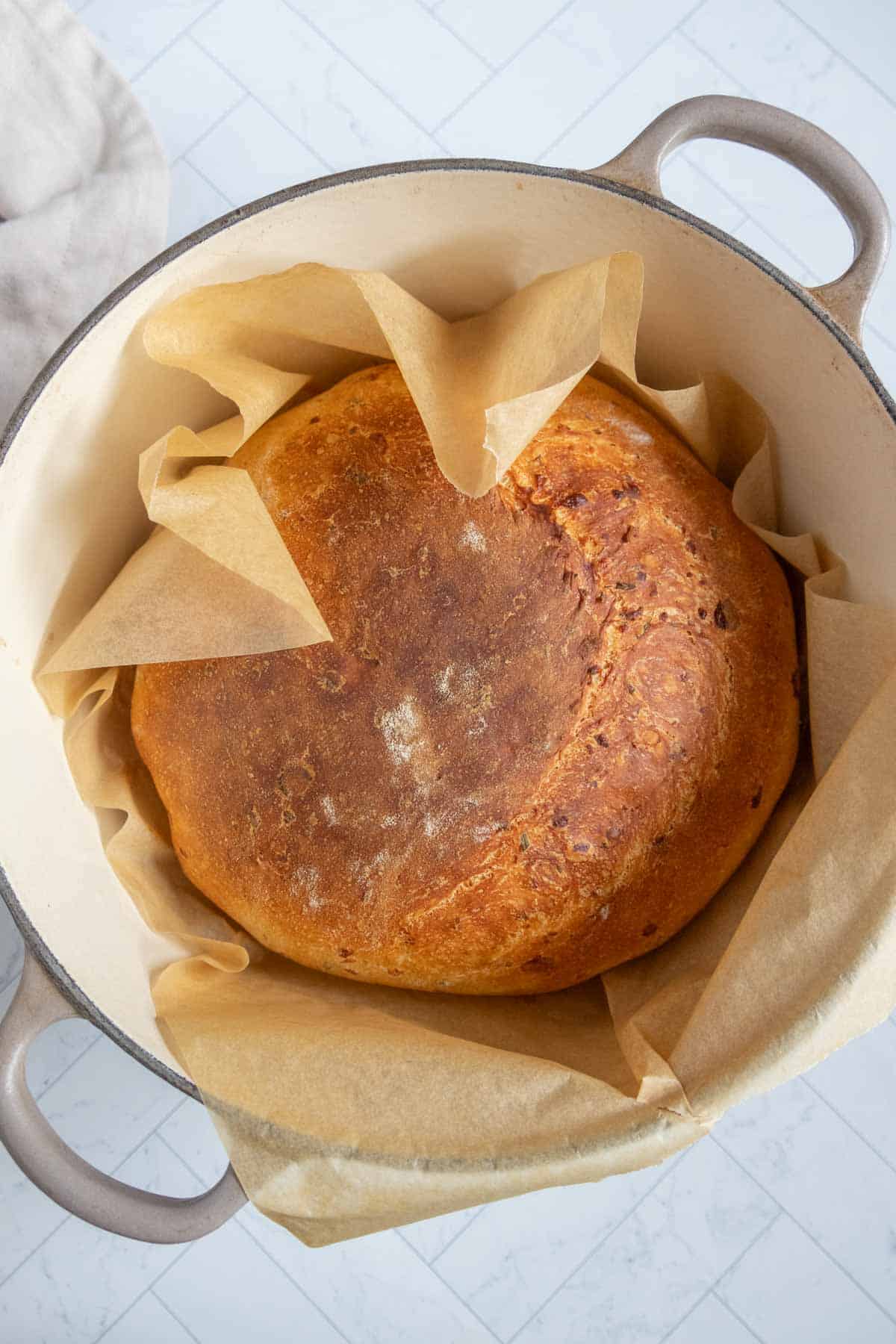
When I was a kid I the path I walked to school put me past a bakery, which meant that nearly every morning I was treated to the aroma of bread baking. It’s no wonder that scent became ingrained and all these years later I still can’t resist a fresh loaf.
Making bread at home tends to be intimidating, and I’m sure I’m not the only one who pictures Paul Hollywood jamming a thumb into my newly baked creations. However, I’m here to tell you it really isn’t difficult!
This rosemary parmesan bread is one of my favorite things to make because it forces me to slow down and pay attention to the dough, taking note of how it looks and feels. Plus, it tastes so good, especially with a bowl of red lentil soup or simply spread with butter!
Need to avoid gluten? Try this gluten free bread recipe instead.
This bread is baked in a Dutch oven for a perfectly round loaf. Don’t have a Dutch oven? No problem! Simply shape however you like and bake on a cookie sheet.
Ingredients for rosemary parmesan bread
Full list of ingredients including quantities is located in the recipe card.
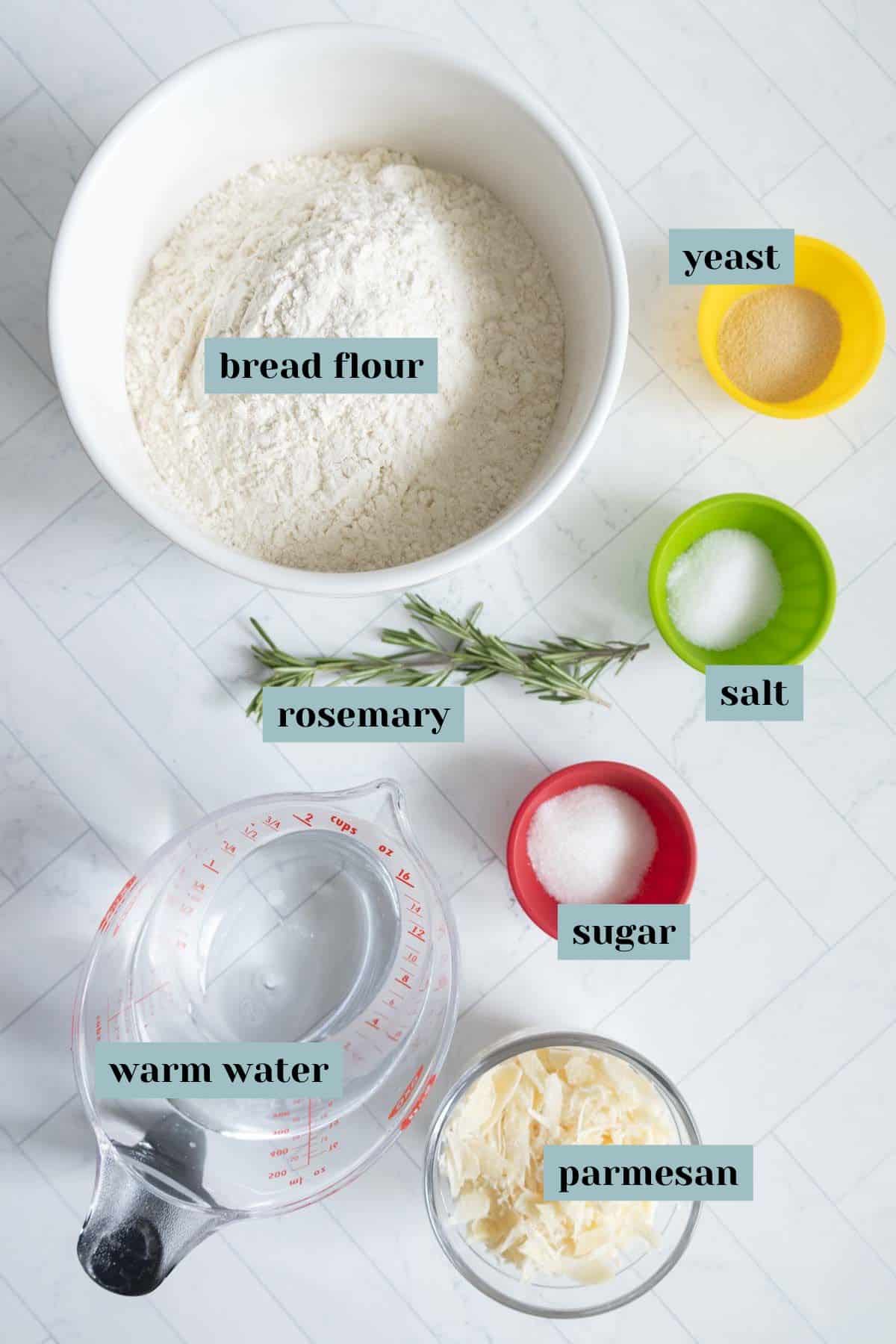
You’ll need:
Bread flour – Bread flour is slightly higher in protein than all-purpose flour, creating a nice chew to the loaf.
Warm water – To activate the yeast, you’ll want the water to be about 90-100°F. Water that is hotter can kill the yeast.
Parmesan cheese – Use freshly grated parmesan cheese if you can. I grate mine with the larger holes of my box grater. Don’t use parmesan granules!
Salt – Fine sea salt
Granulated sugar – Sugar helps to activate the yeast. Don’t worry, it doesn’t make the bread sweet!
Rosemary – Use fresh rosemary for the best flavor. I’ve tried this recipe with dried rosemary and it’s just not the same!
Active dry yeast – Unlike instant yeast, active dry yeast needs to be proofed before adding to the dry ingredients.
If you decide to use instant yeast, skip the proofing step and add it directly to the dry ingredients.
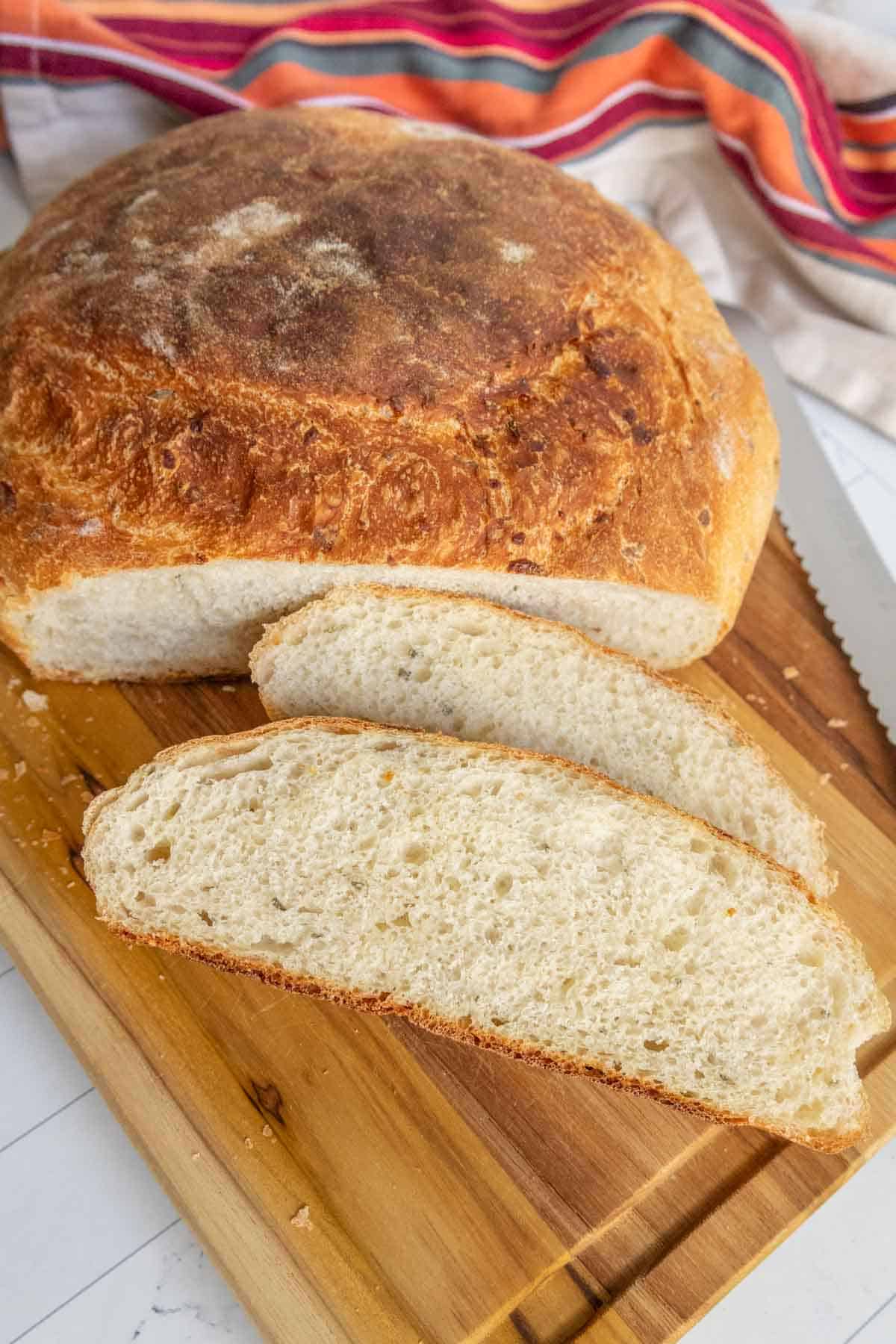
How to make this recipe
Warm water to about 100°F. I usually use the microwave, heating for about 40 seconds.
Whisk in the sugar and yeast. Let it stand for about 5 minutes to activate the yeast. After 5 minutes, it should look foamy.
In a mixing bowl, stir together 2 cups of the flour, parmesan, rosemary, and salt. Pour in the yeast mixture and stir with a wooden spoon or dough hook until the flour is evenly moistened and you have a wet, sloppy dough.
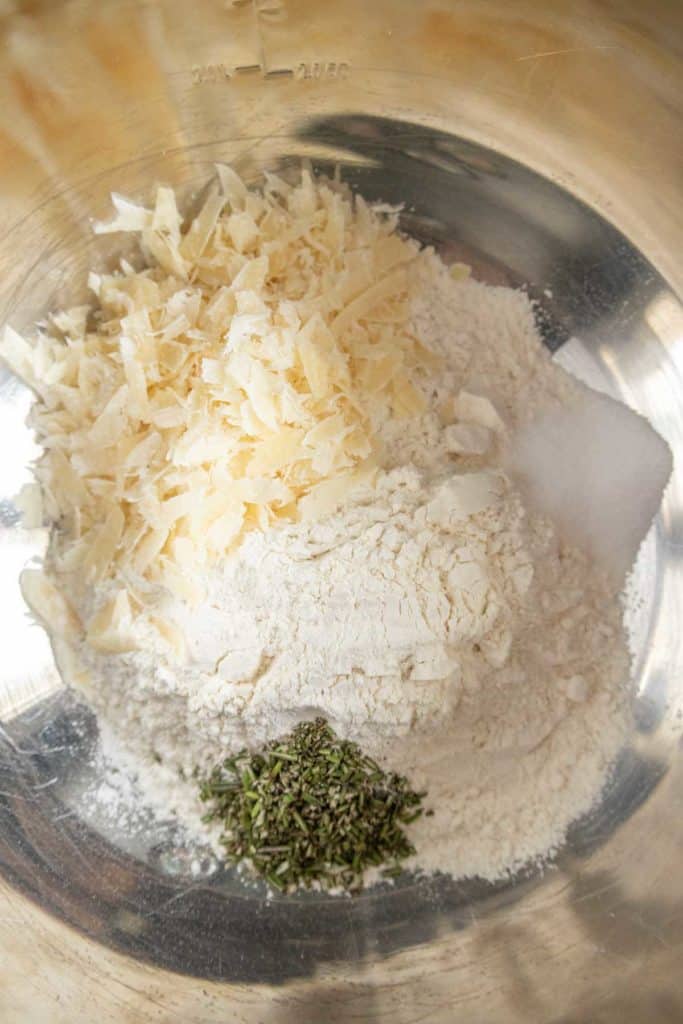
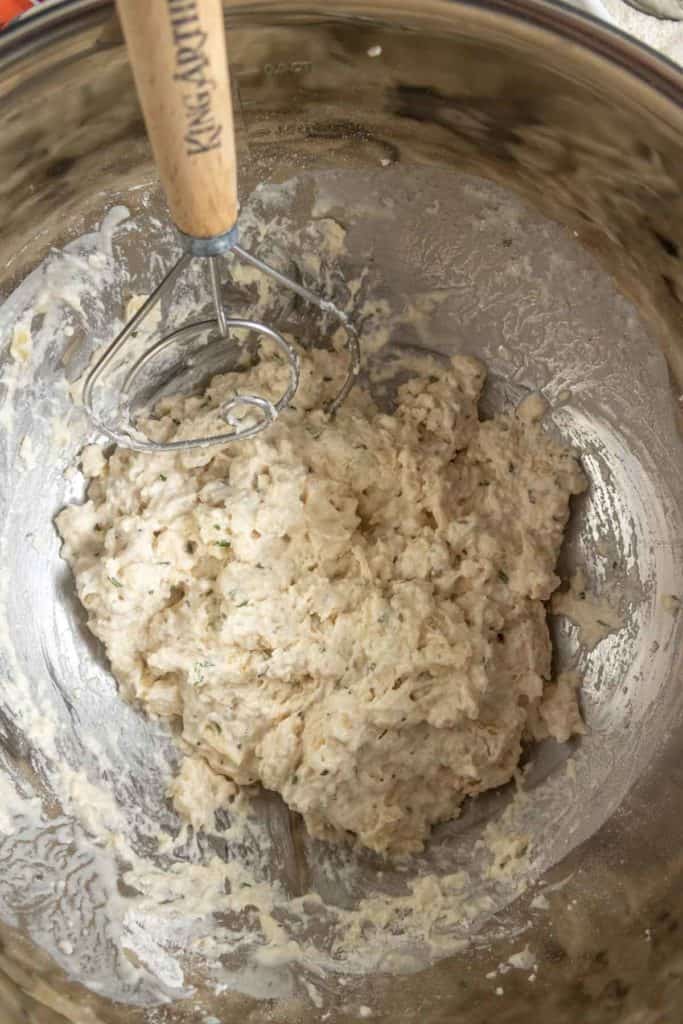
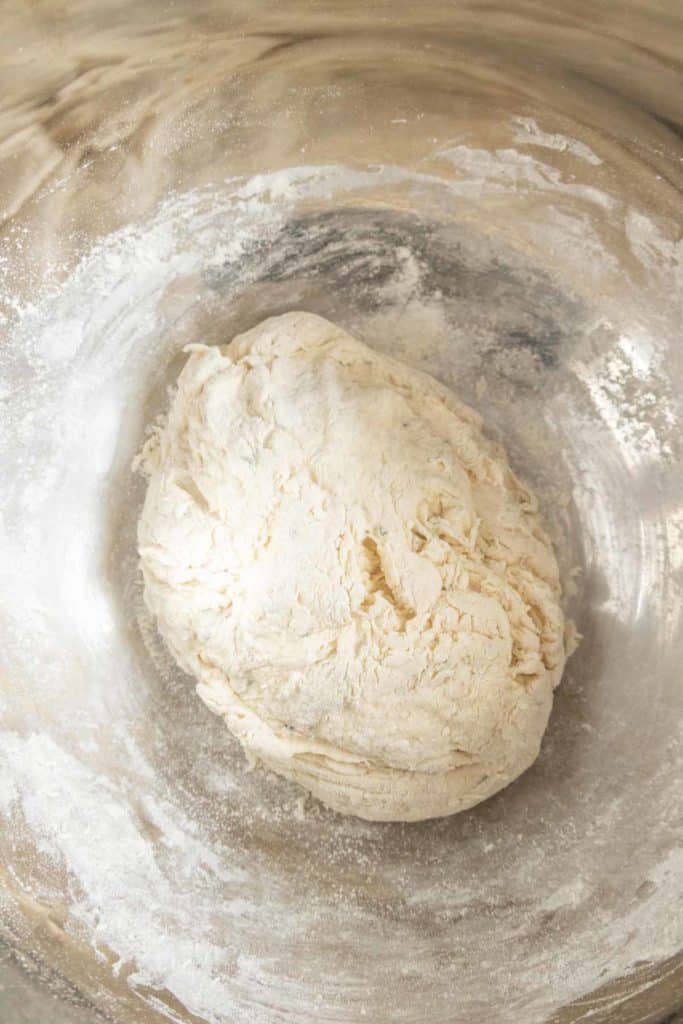
Mix in more flour, a little at a time, until the dough comes together in a cohesive, shaggy ball.
Turn out onto a lightly floured surface. Knead for 6-8 minutes, adding just enough flour as needed to prevent sticking. It’s likely you will not use the full 4 cups of flour.
When the dough is nicely smooth and springy, shape it into a ball and place in a lightly greased mixing bowl. Cover (I use a shower cap) and let rise in a warm place until doubled, about 1 hour.
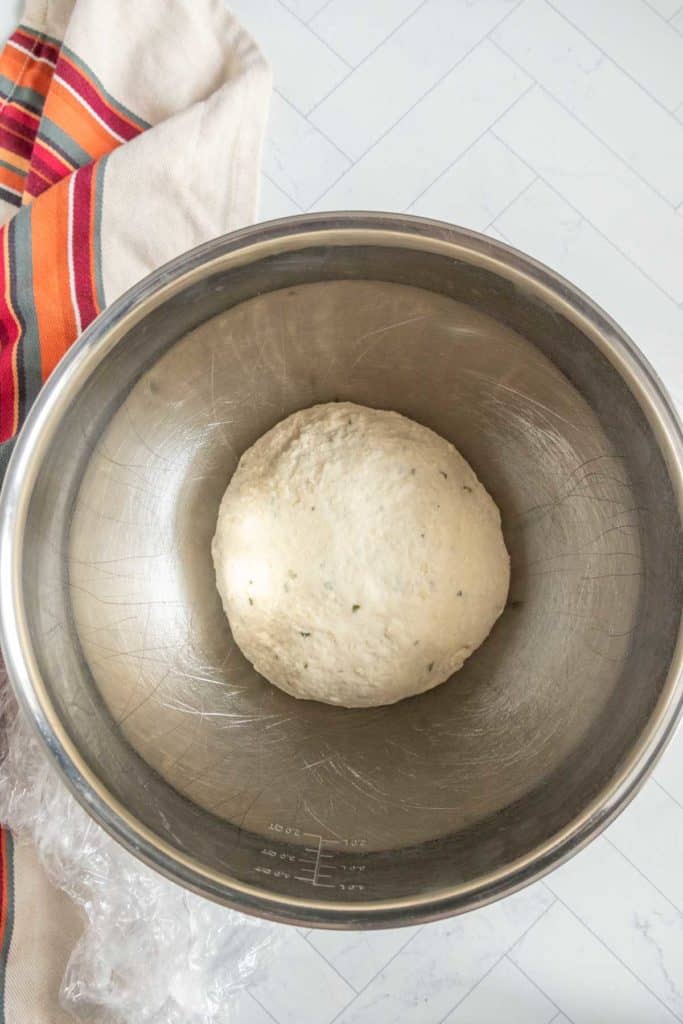
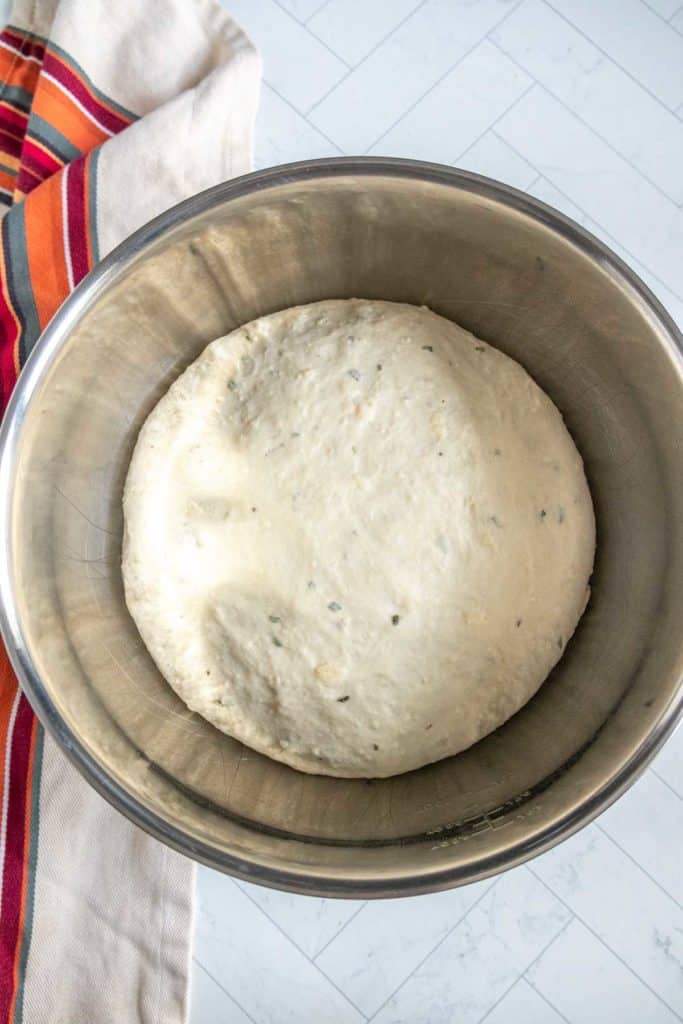
After the dough has risen, gently deflate it, then shape into a ball (or whatever shape is needed to fit your Dutch oven). Place on a parchment lined baking sheet, cover, and let rise again for 30-45 minutes.
About halfway through rising time, preheat the oven to 450°F. Make sure your rack is low enough to fit the Dutch oven with the lid on.
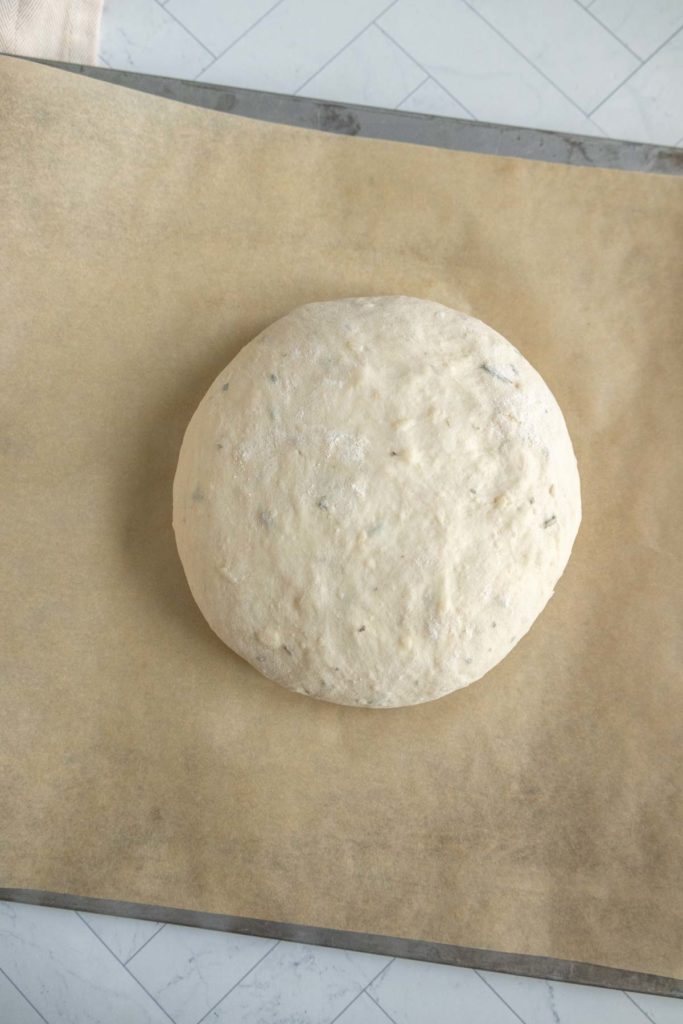
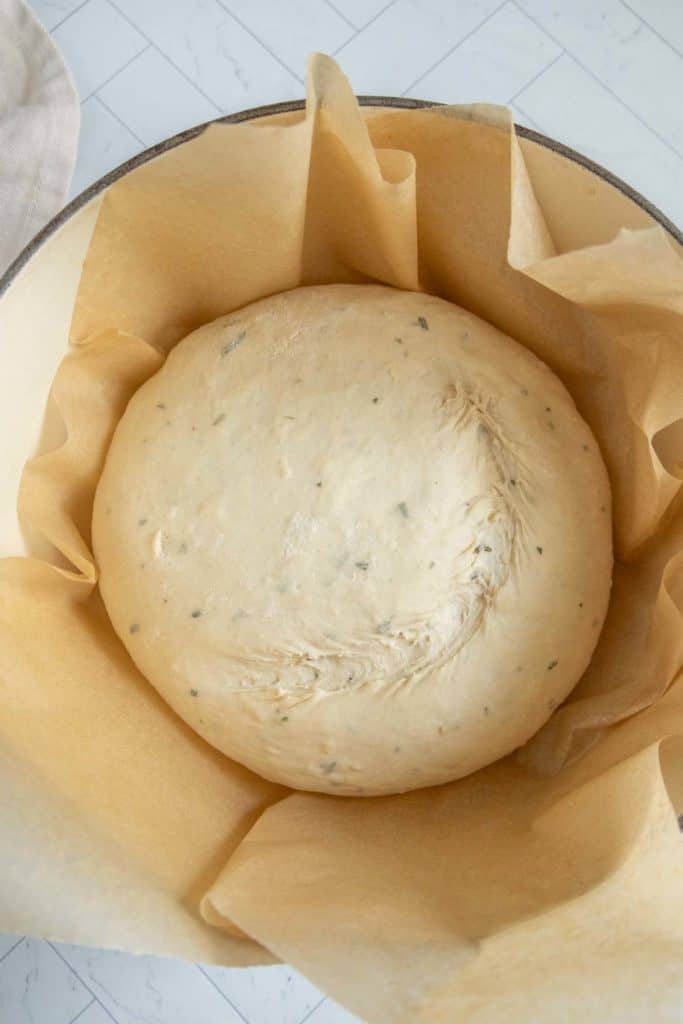
Once the dough is done proofing, score it with a knife or bread lamé in the pattern you choose. Carefully transfer the dough, on the parchment paper, to your Dutch oven. Don’t worry if excess parchment hangs out. Place on the lid.
Bake with the lid on for 30 minutes, then remove the lid and continue baking for 10-15 minutes, until the bread is nicely browned.
Carefully remove from the Dutch oven. The paper will be brittle, so a spatula slid underneath can help. Let the bread cool completely before slicing.
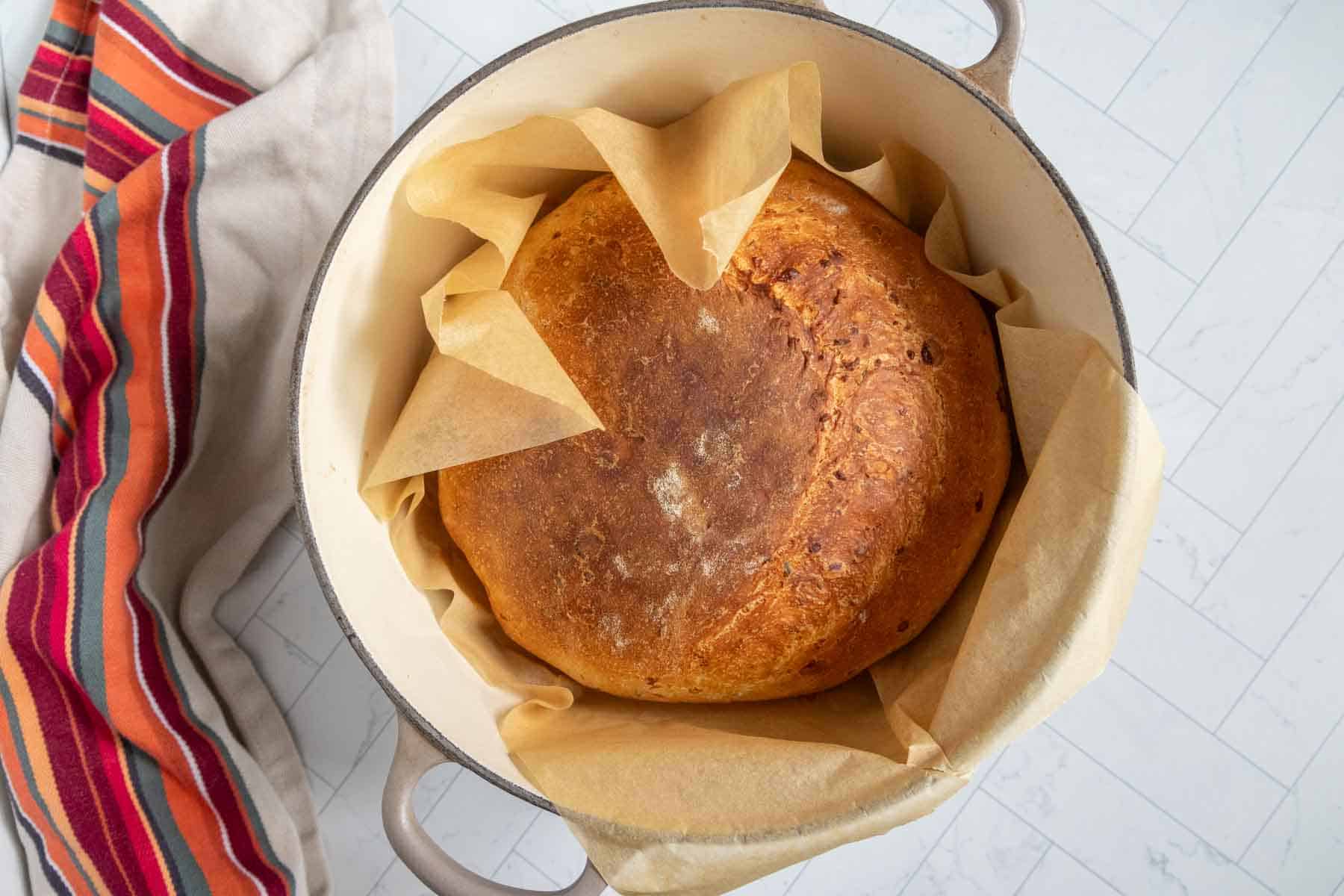
Recipe tips
It’s important to remember that while baking is a science, making bread is more about the feel of the dough than exact recipe quantities. There are many factors that contribute to how your bread will turn out, including the temperature of your kitchen, the humidity levels, and the flour itself.
When adding flour and kneading dough, add just enough to prevent sticking and keep the dough soft. If you add too much flour, the dough will get tough, be difficult to work with, and won’t rise well.
To know when your dough is done proofing in the second rise, gently poke the dough with your finger. If the dough springs back, it needs more time. However, if the indent stays, the dough is ready to bake.
To prevent your baked loaf’s crust from wrinkling as it cools, let it cool in the warm (but turned off oven). The wrinkling is caused by the heat from the inside of the bread steaming the crust. Scoring the bread before baking can also help prevent this.
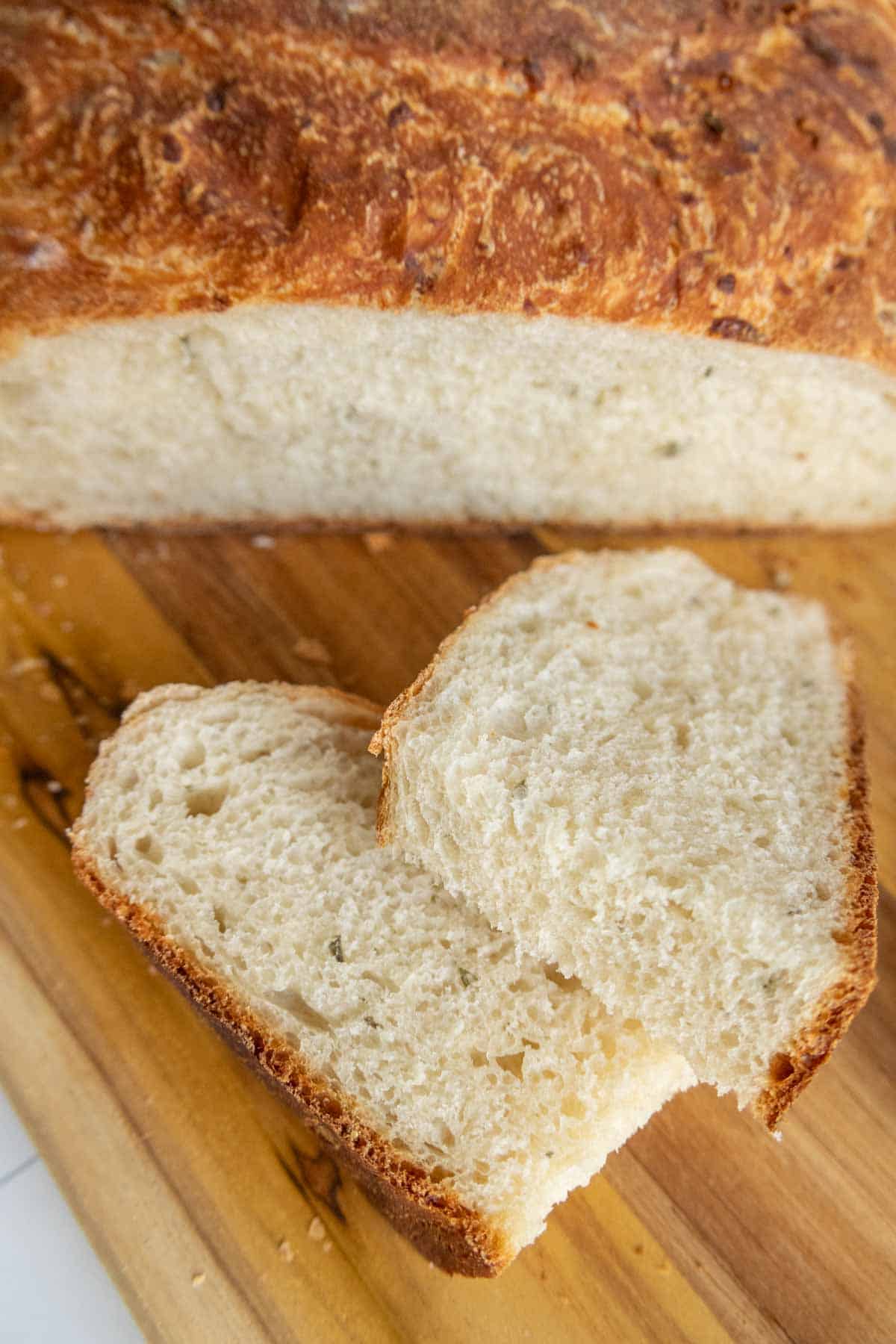
For more bread recipes, try my Swedish limpa, French bread, or honey oatmeal sandwich bread!
Love this recipe? Please leave a 5-star review below!
It means so much when you enjoy my recipes, so let me know how it goes and leave a comment if you have any questions.
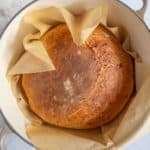
Rosemary Parmesan Bread
Ingredients
- 1 1/2 cups water, warmed to about 100°F
- 1 tablespoon granulated sugar
- 2 1/4 teaspoons active dry yeast
- 4 cups bread flour, divided use
- 3/4 cup grated parmesan cheese
- 2 tablespoons chopped fresh rosemary
- 2 teaspoons fine sea salt
Instructions
- Whisk together warm water, sugar, and yeast. Let sit for 5-10 minutes, until foamy.
- In a large bowl, stir together 2 cups flour, parmesan, rosemary, and salt. Pour in the yeast mixture and stir until flour is evenly moistened.
- Gradually mix in more flour until you have a cohesive, shaggy dough. Turn out onto a lightly floured surface. Knead for 6-8 minutes, adding just enough flour to prevent sticking.
- Once you have a smooth and elastic dough, shape into a ball and place in a lightly greased bowl. Cover and let rise in a warm place until doubled, about 1 hour.
- Gently deflate dough and shape into a tight ball. Place on a parchment lined baking sheet, cover, and let rise again for 30-45 minutes, until puffy and nearly doubled.
- Halfway through rising time, heat oven to 450°F. Place rack so there is enough room for a Dutch oven with lid.
- Once the dough has proofed, carefully transfer the dough on the parchment to the Dutch oven. (It's OK if some parchment hangs over the edge.)
- Bake with lid on for 30 minutes, then remove the lid and continue baking another 10-15 minutes, until nicely browned.
- Carefully transfer the bread to a rack to cool completely before slicing.
Notes
- If using instant yeast, skip the first step and add the yeast and sugar directly to the dry ingredients.
- Add flour slowly, you might not use the full 4 cups.
Nutrition
Nutrition information is provided as a courtesy and is an estimate based on online calculators. Any nutritional information found on Stetted should be used as a general guideline only.

About Megan
I learned how to cook by exploring seasonal ingredients, and you can too! Meal time shouldn’t be stressful or complicated, and with fresh ingredients and easy methods, I’m here to help you enjoy the time spent in the kitchen. Read more…


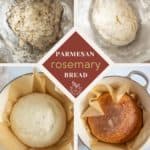
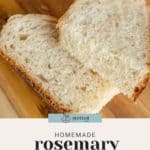
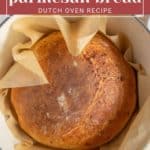
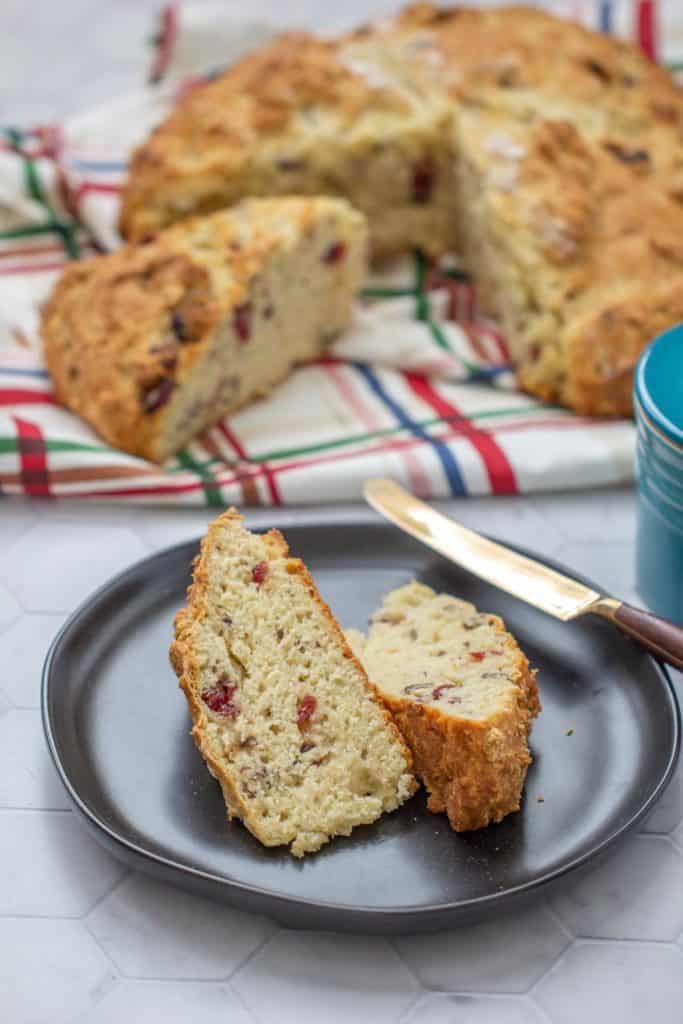
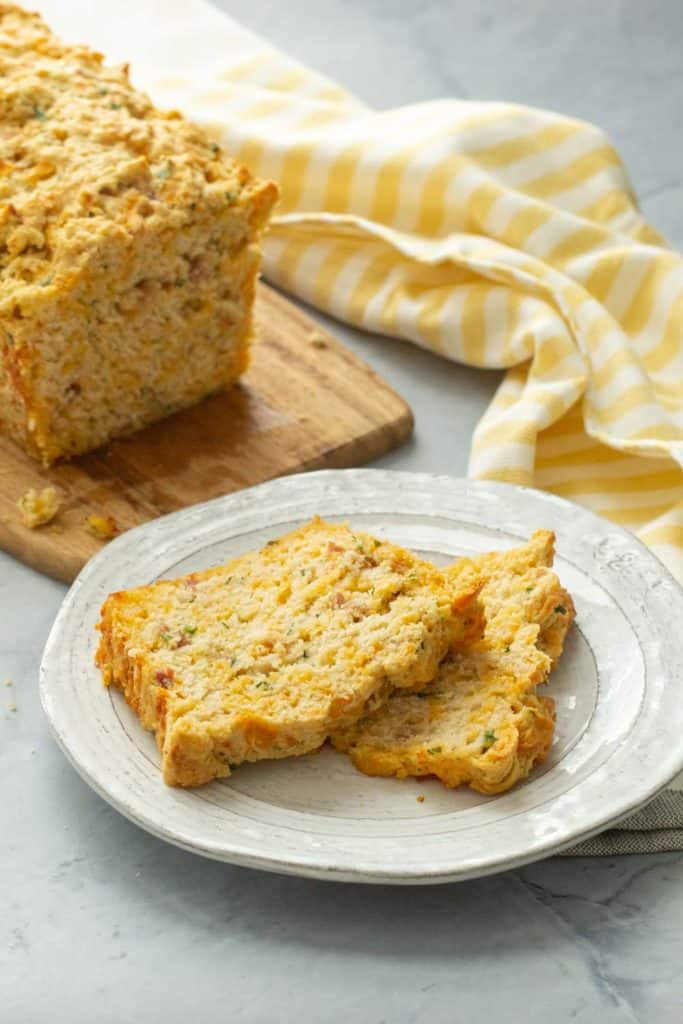
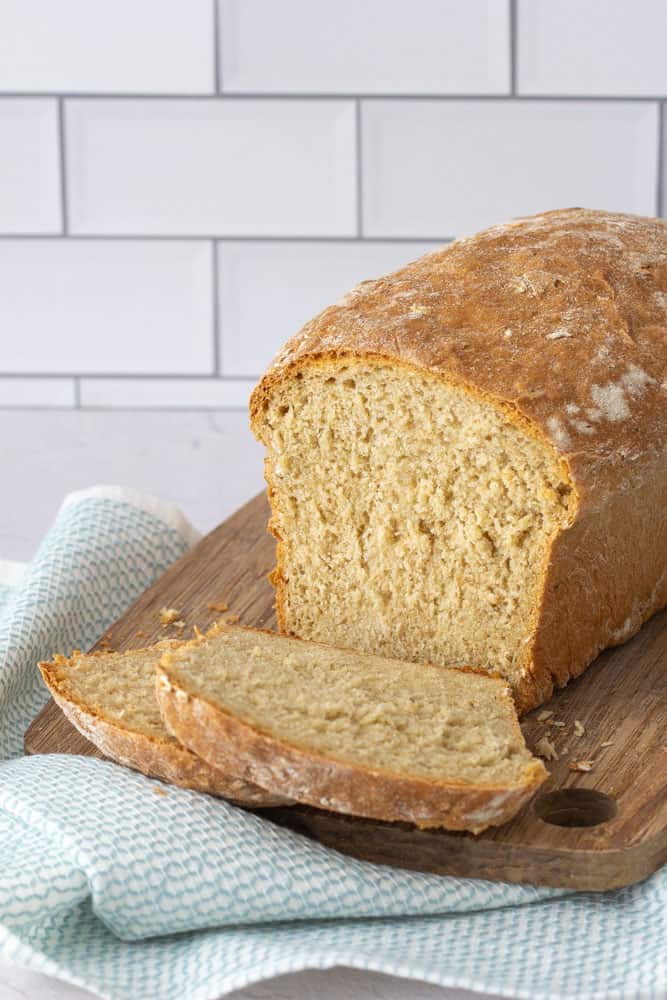








Delicious bread with nice crust. Excellent, easy recipe. Will definitely bake it often. Thank you.
Thanks, John!